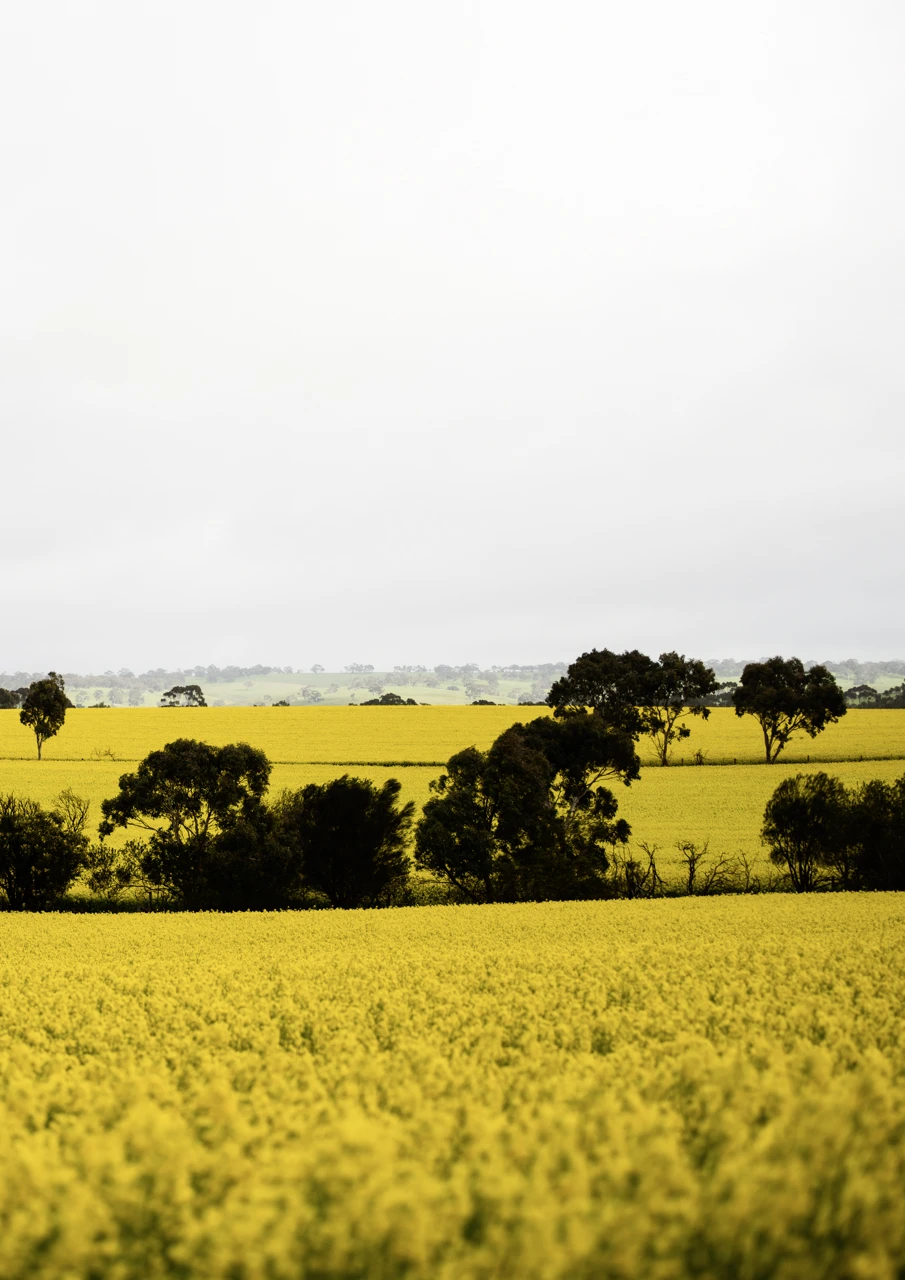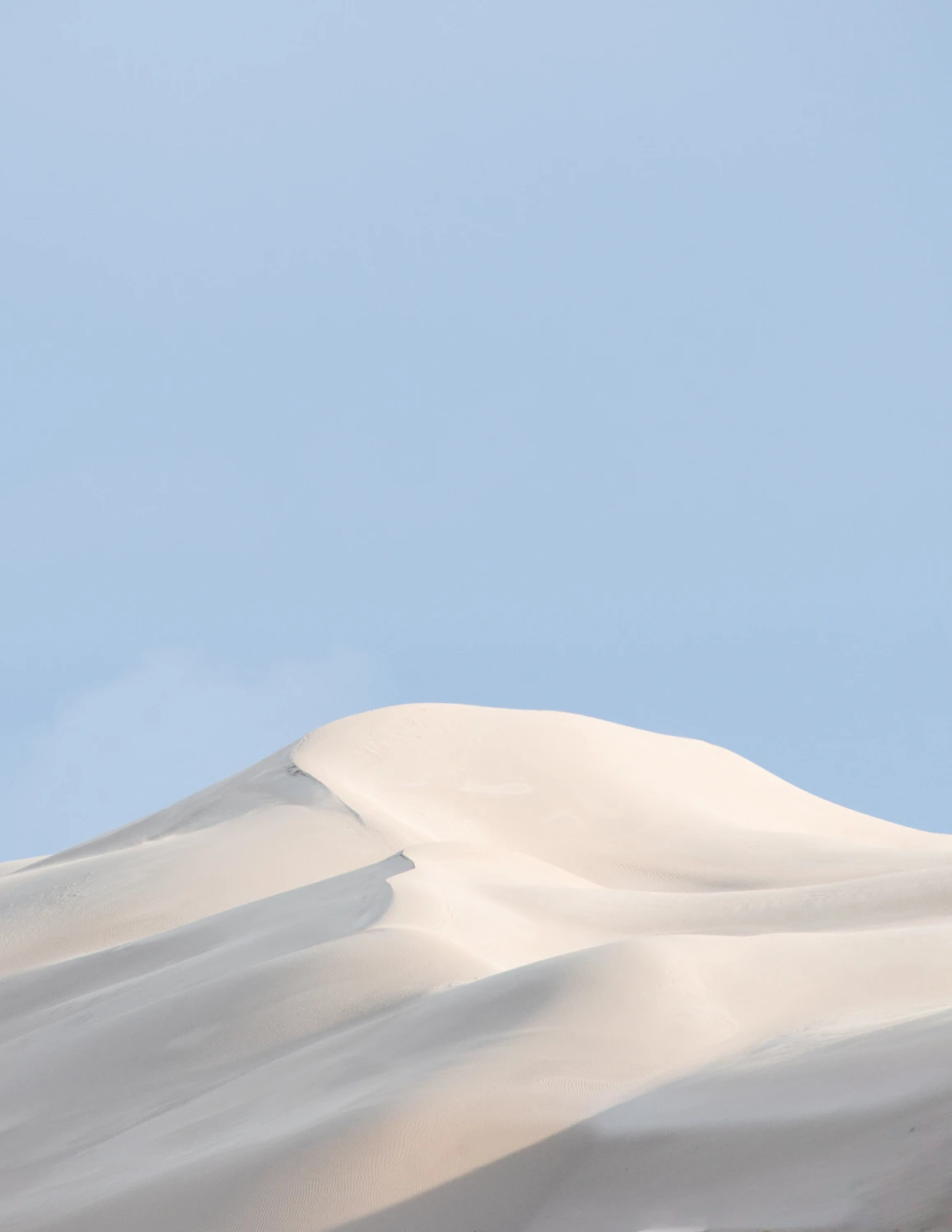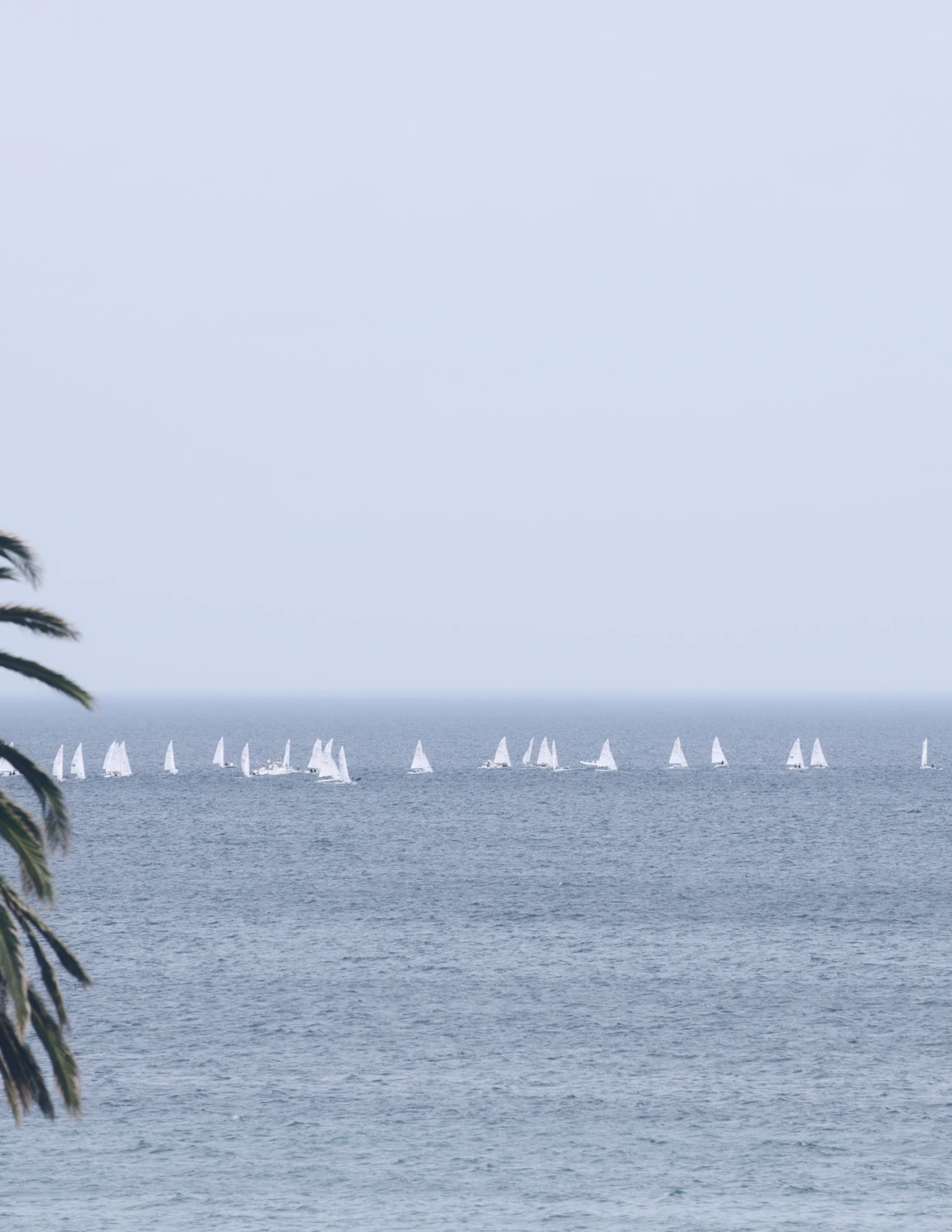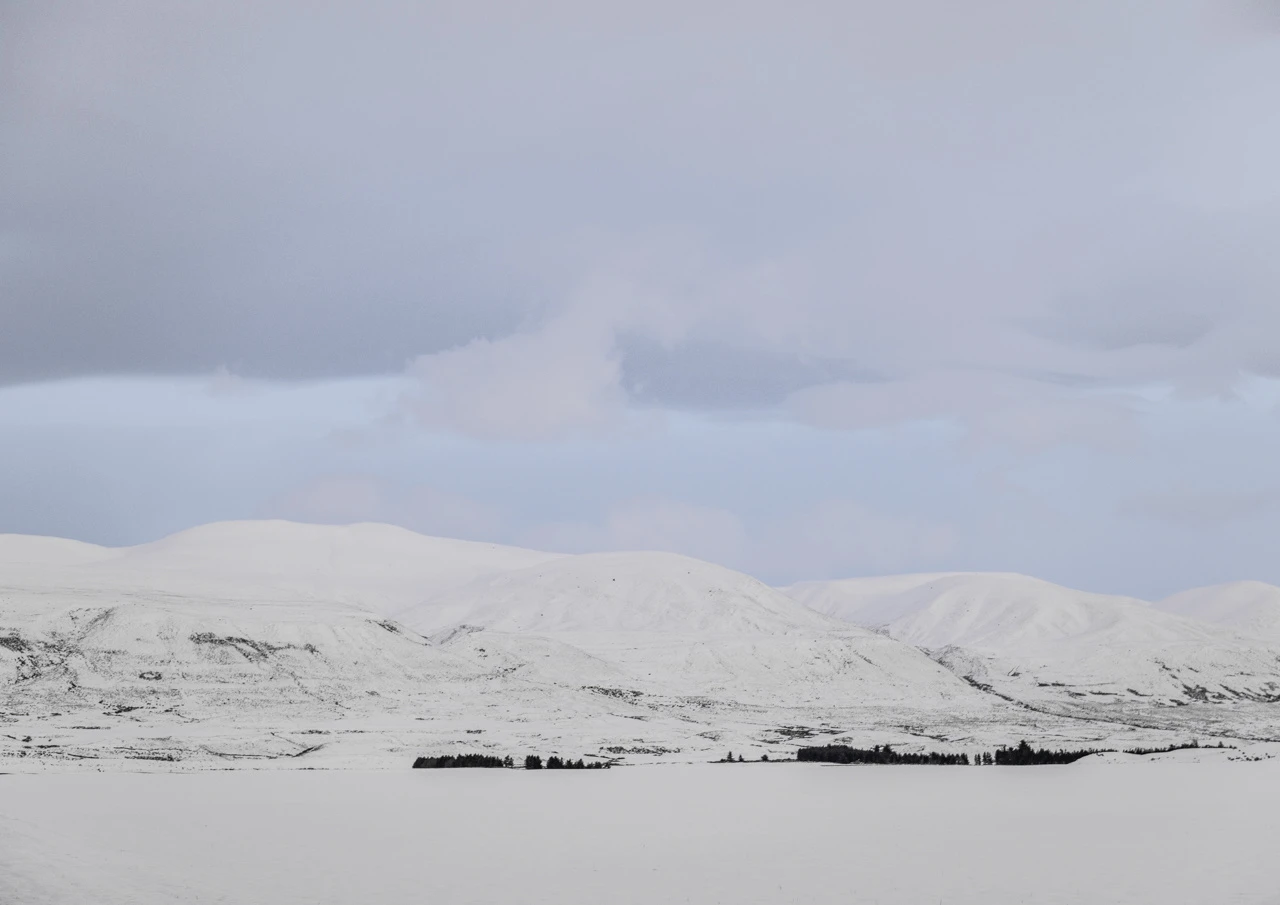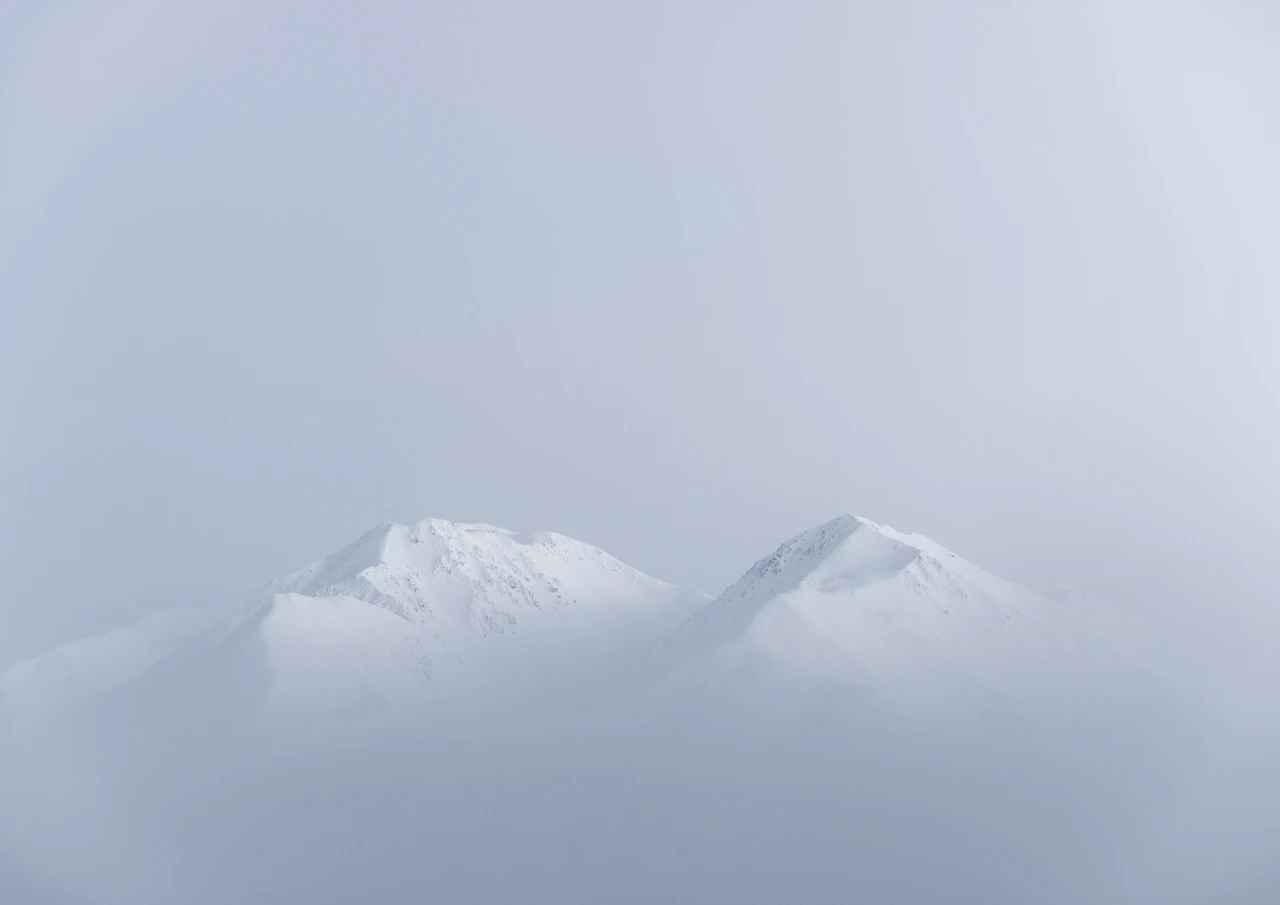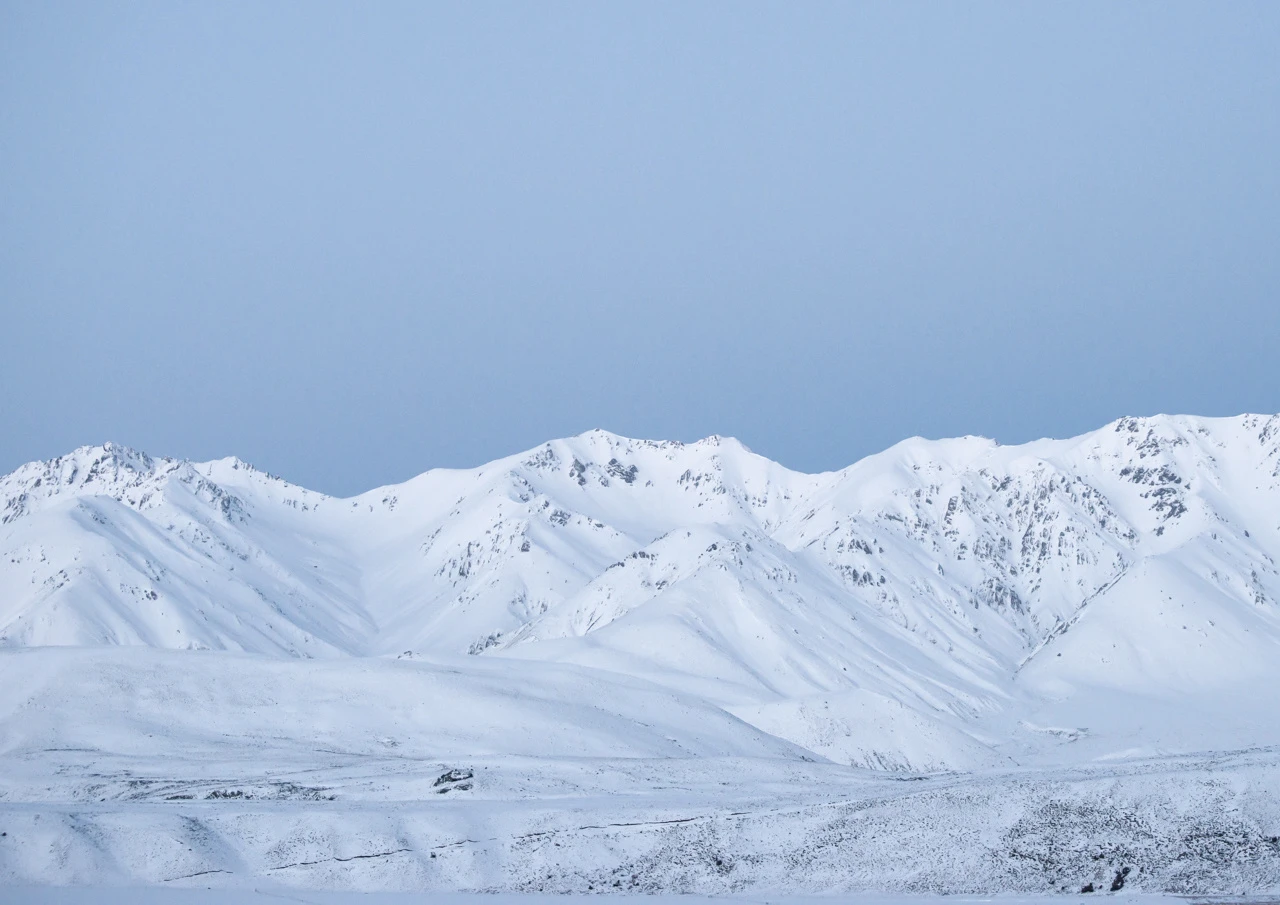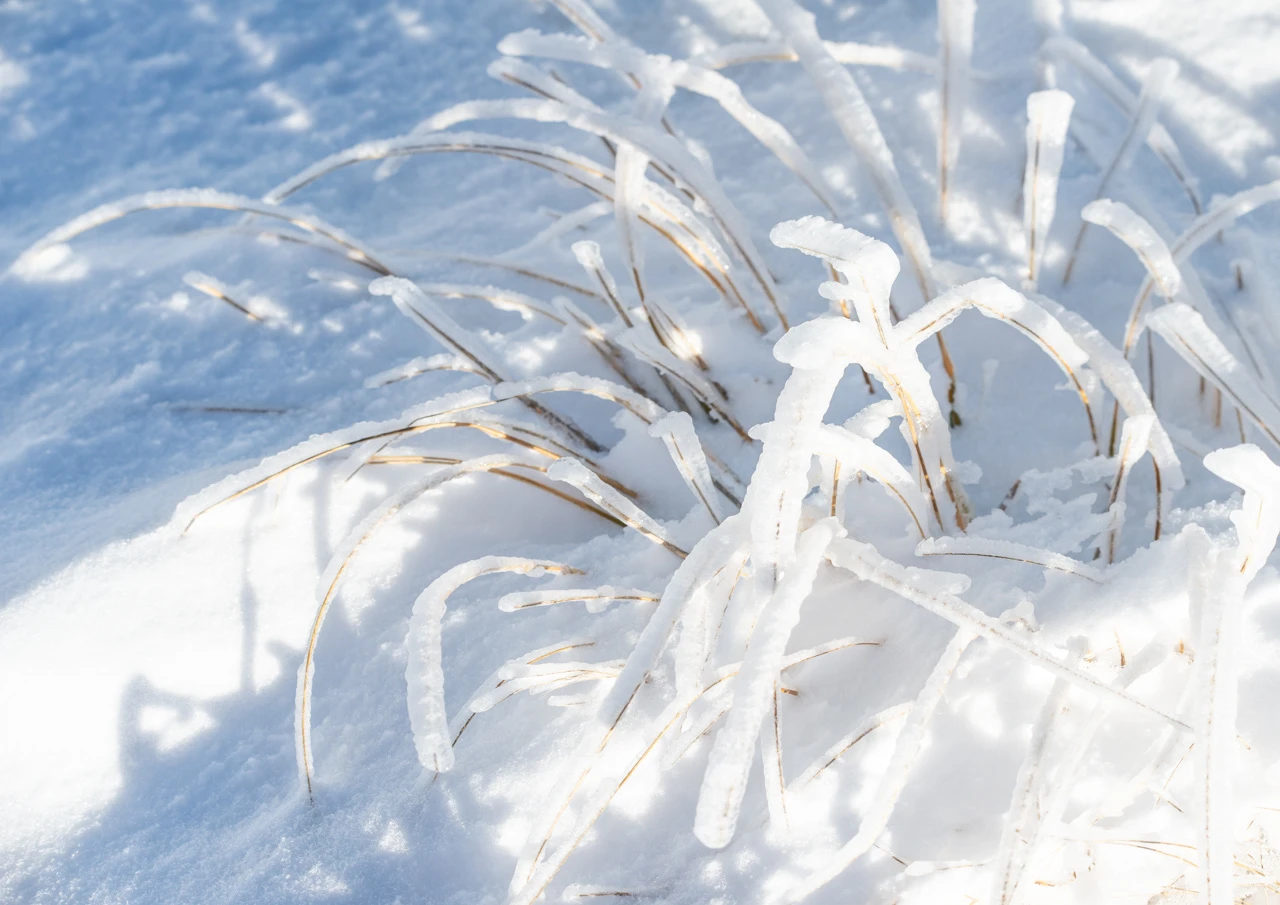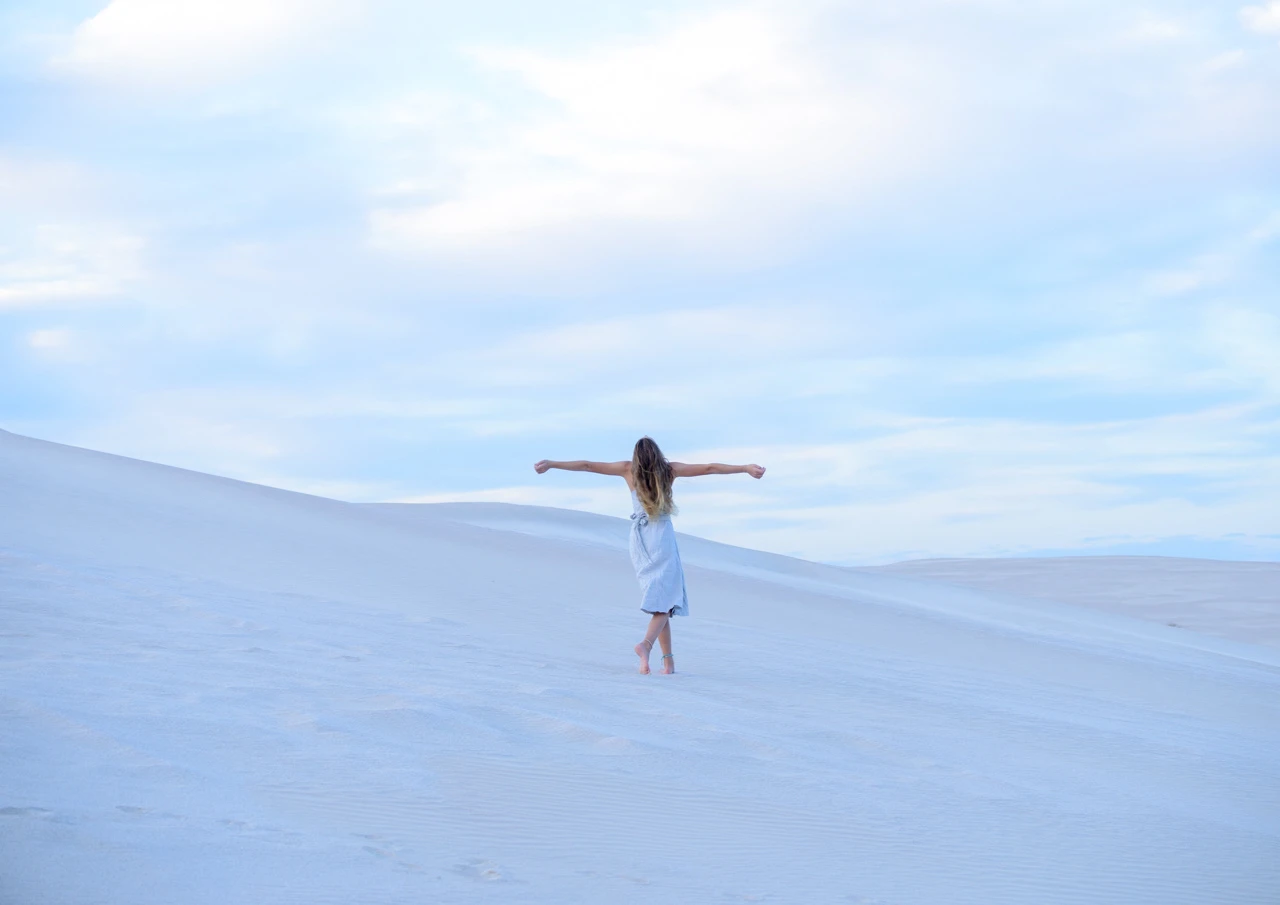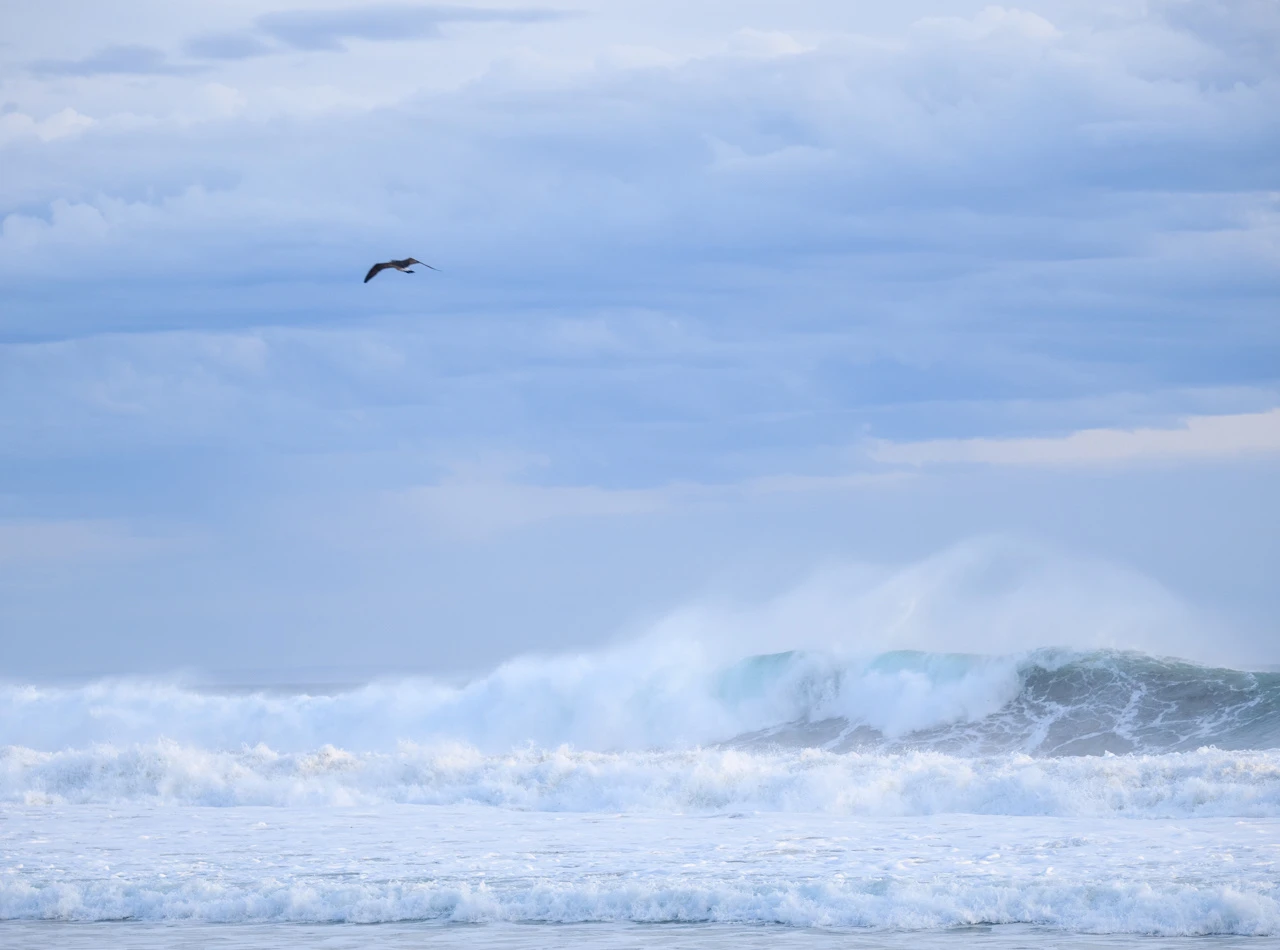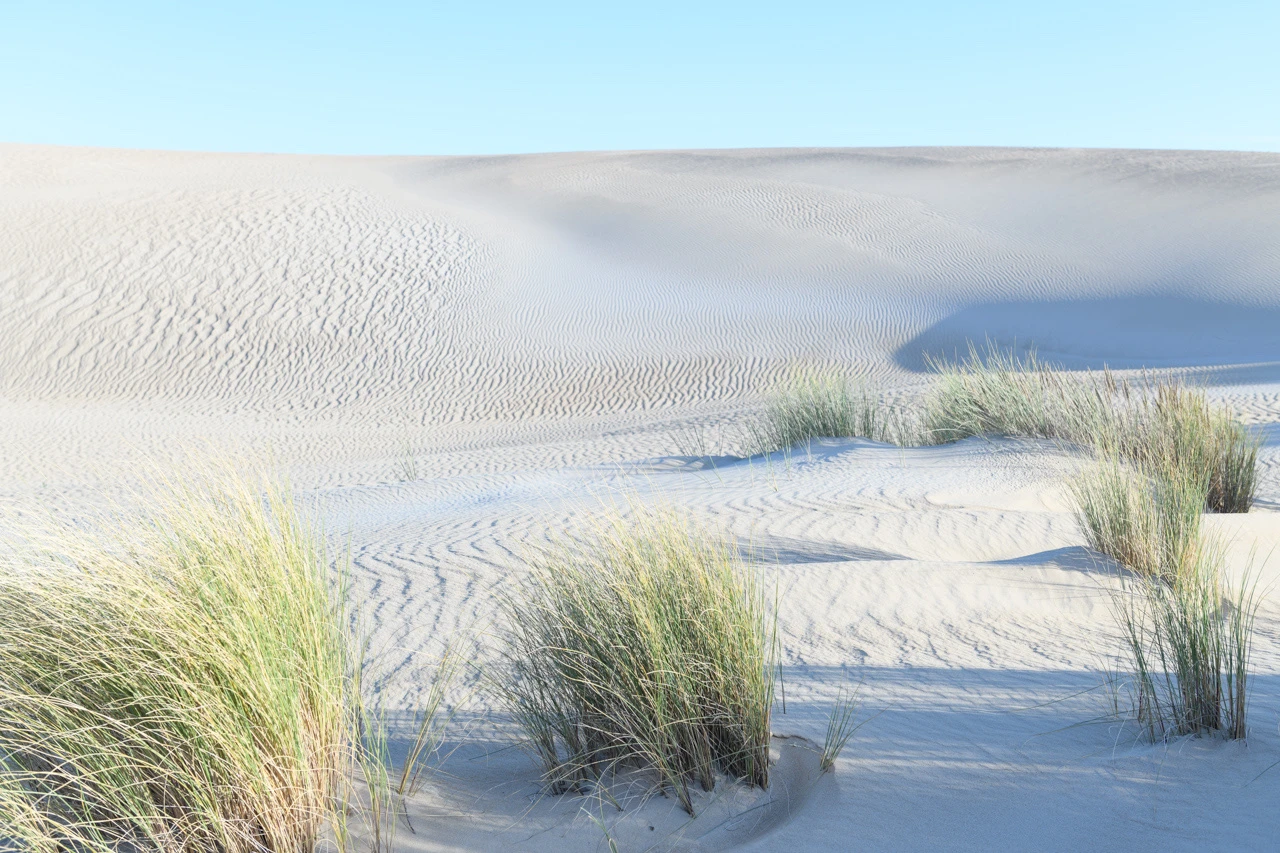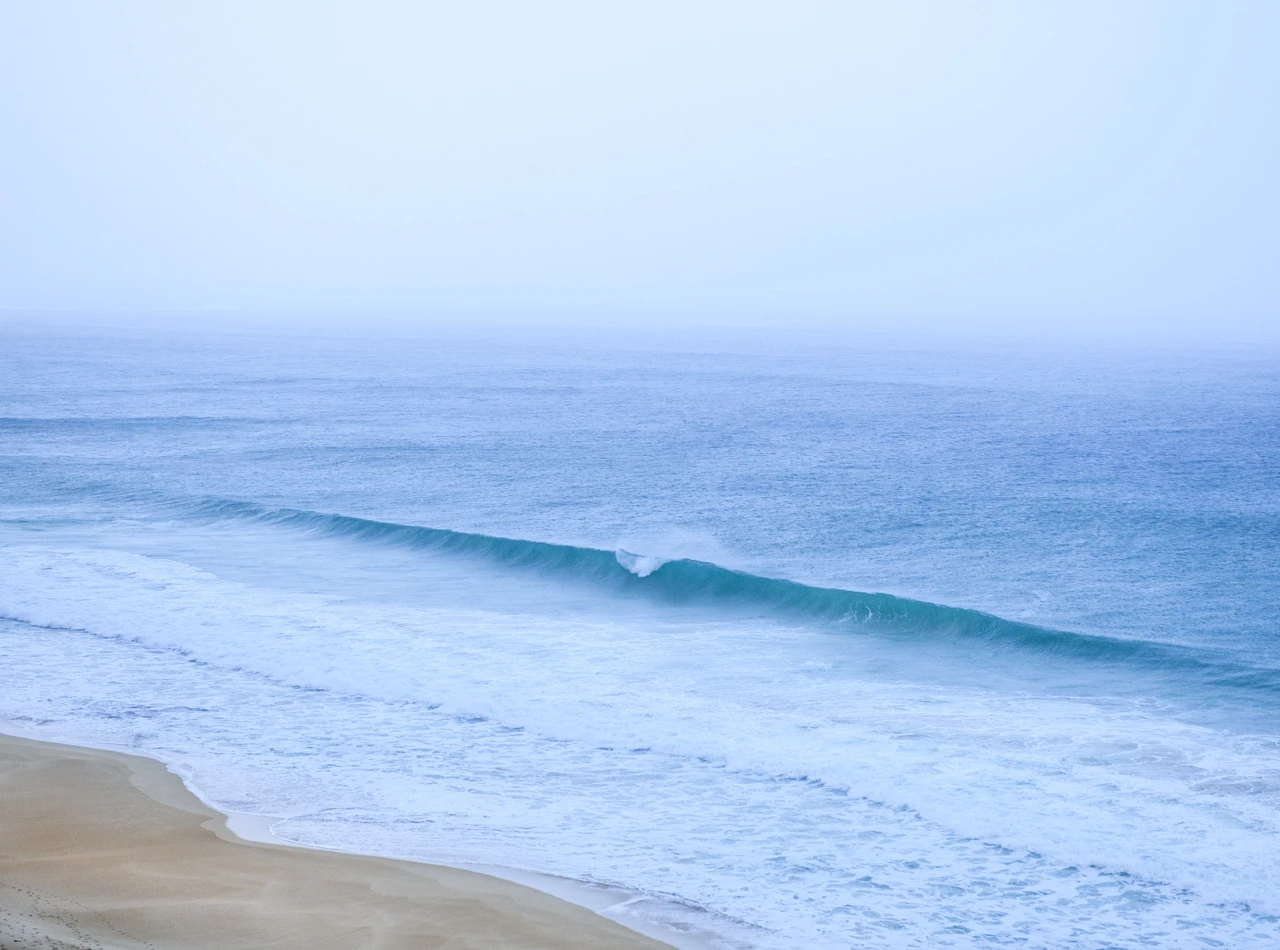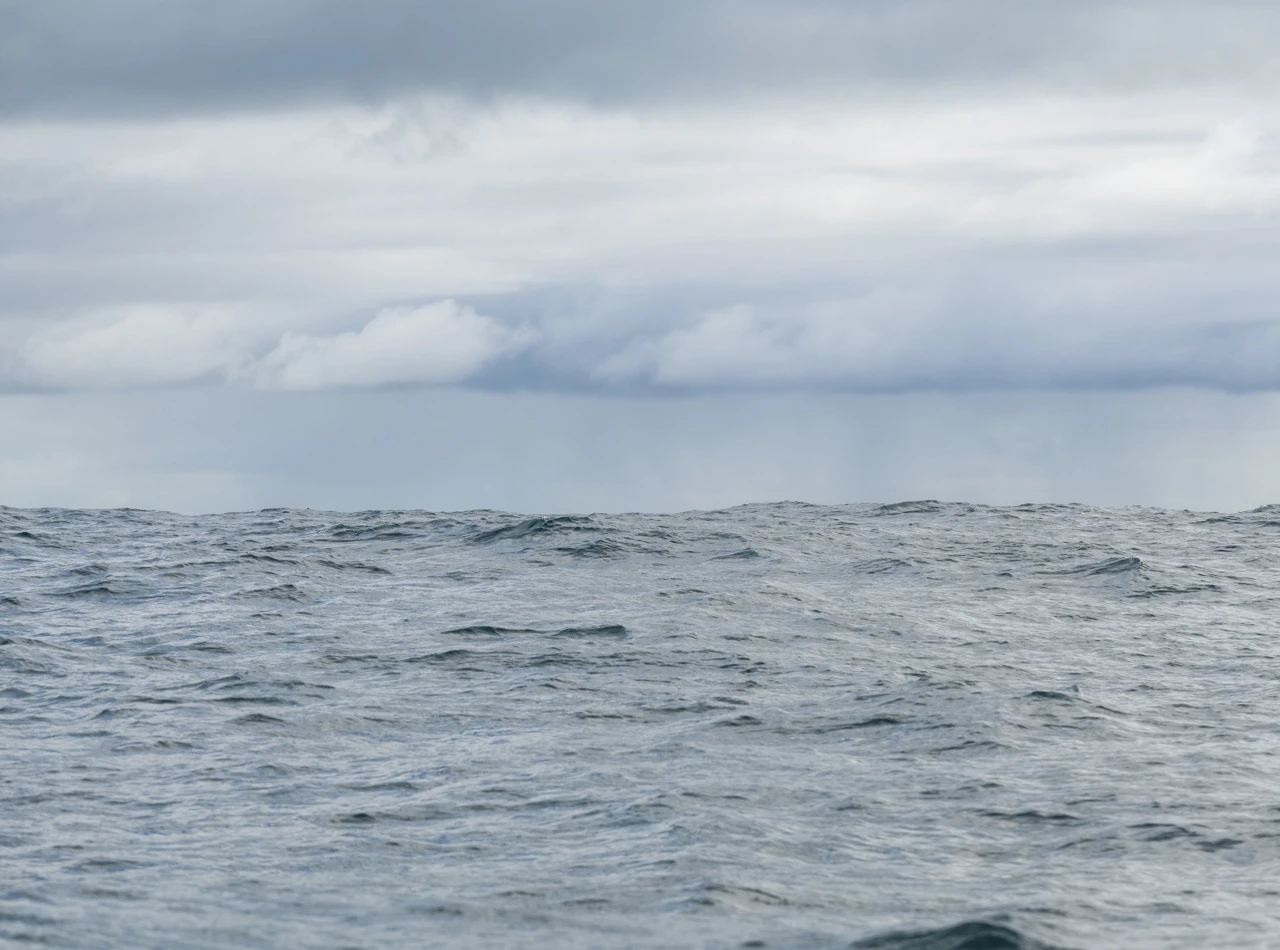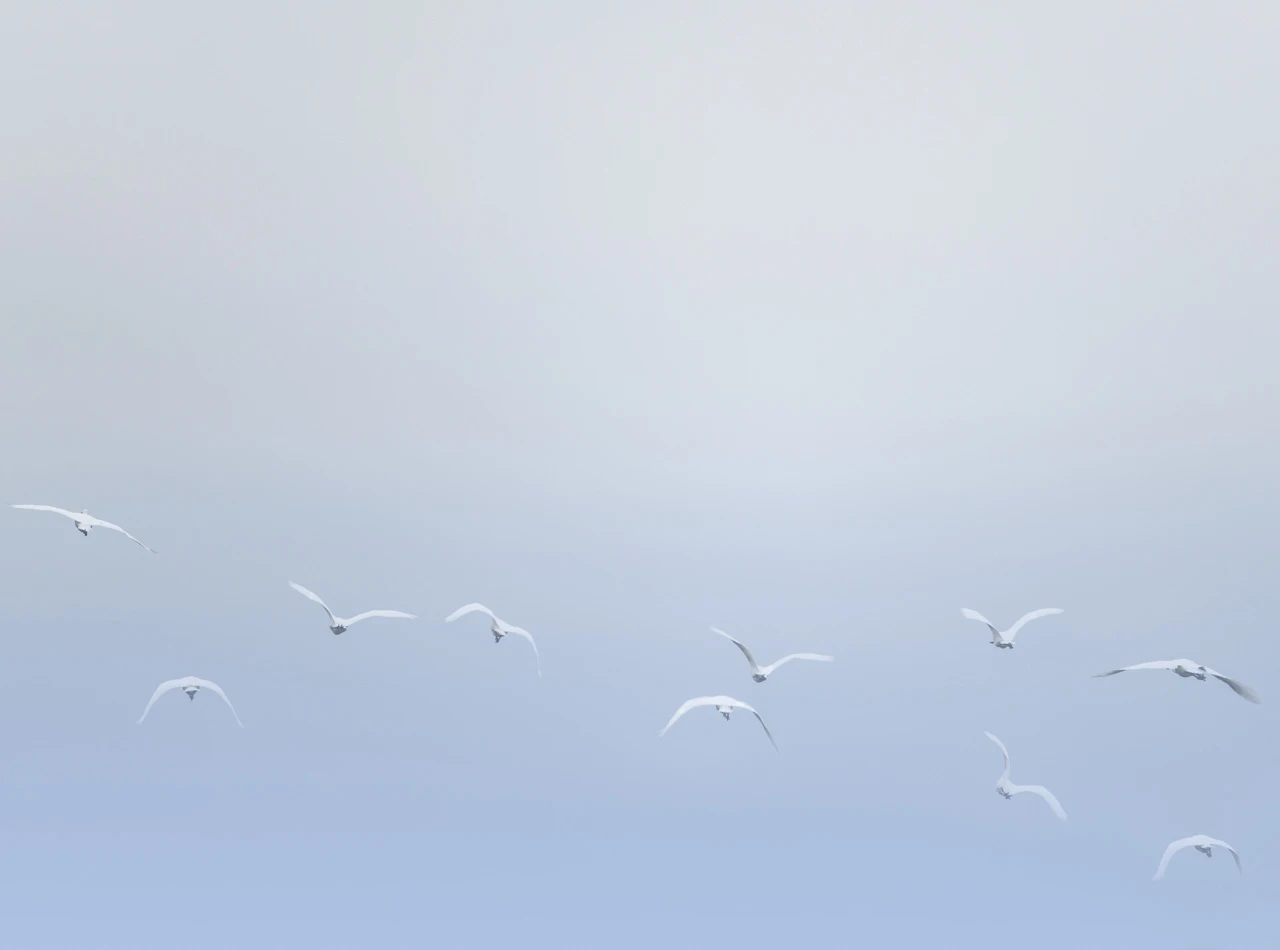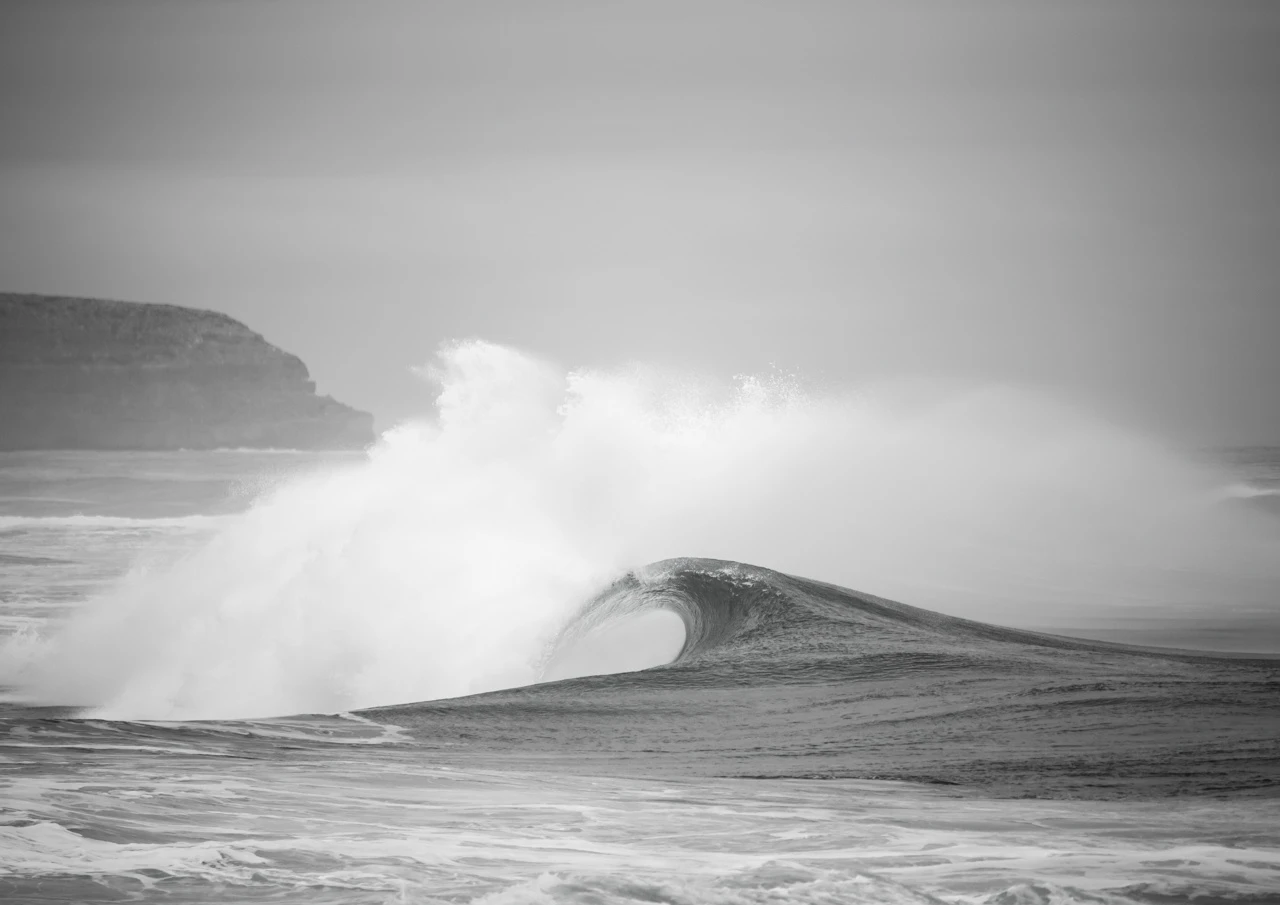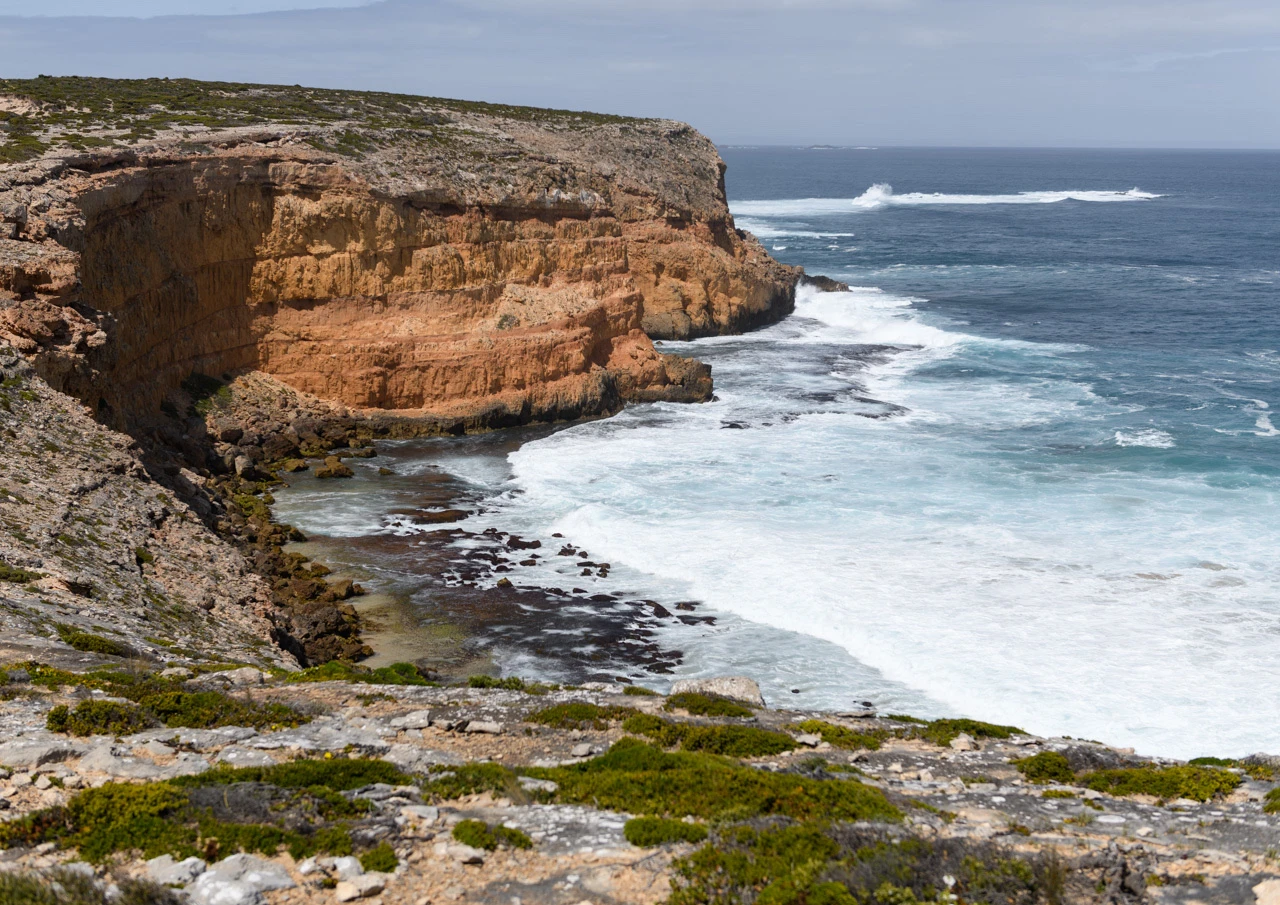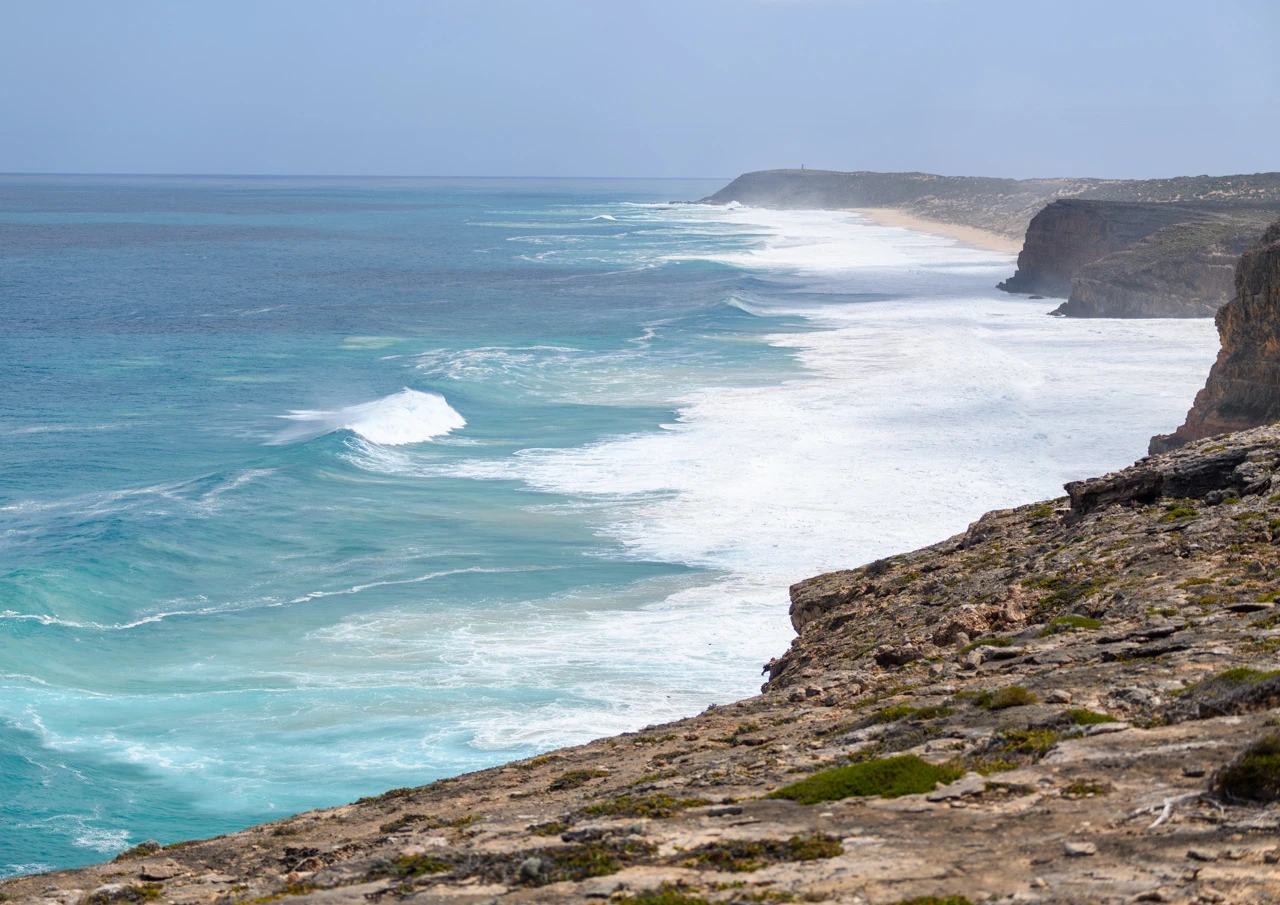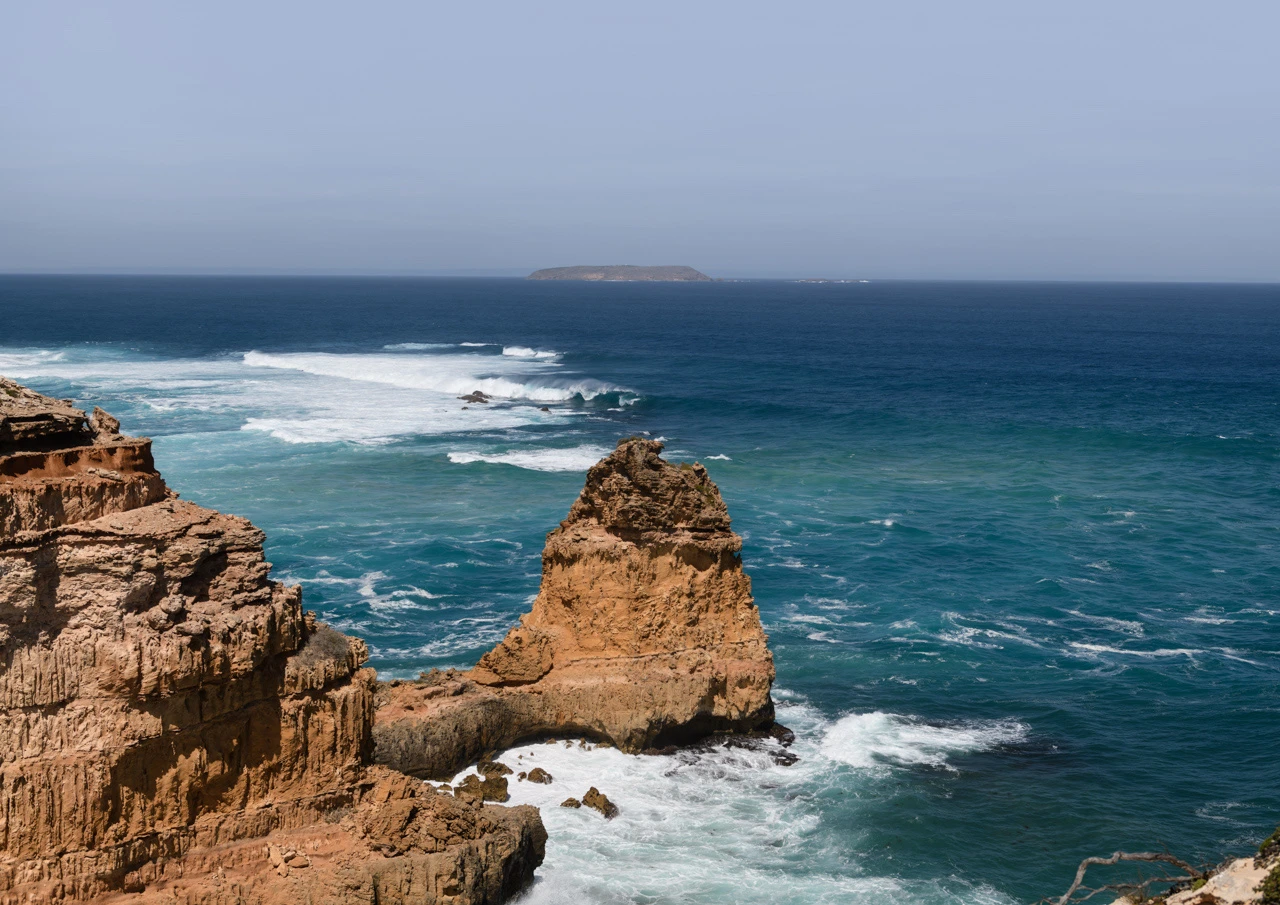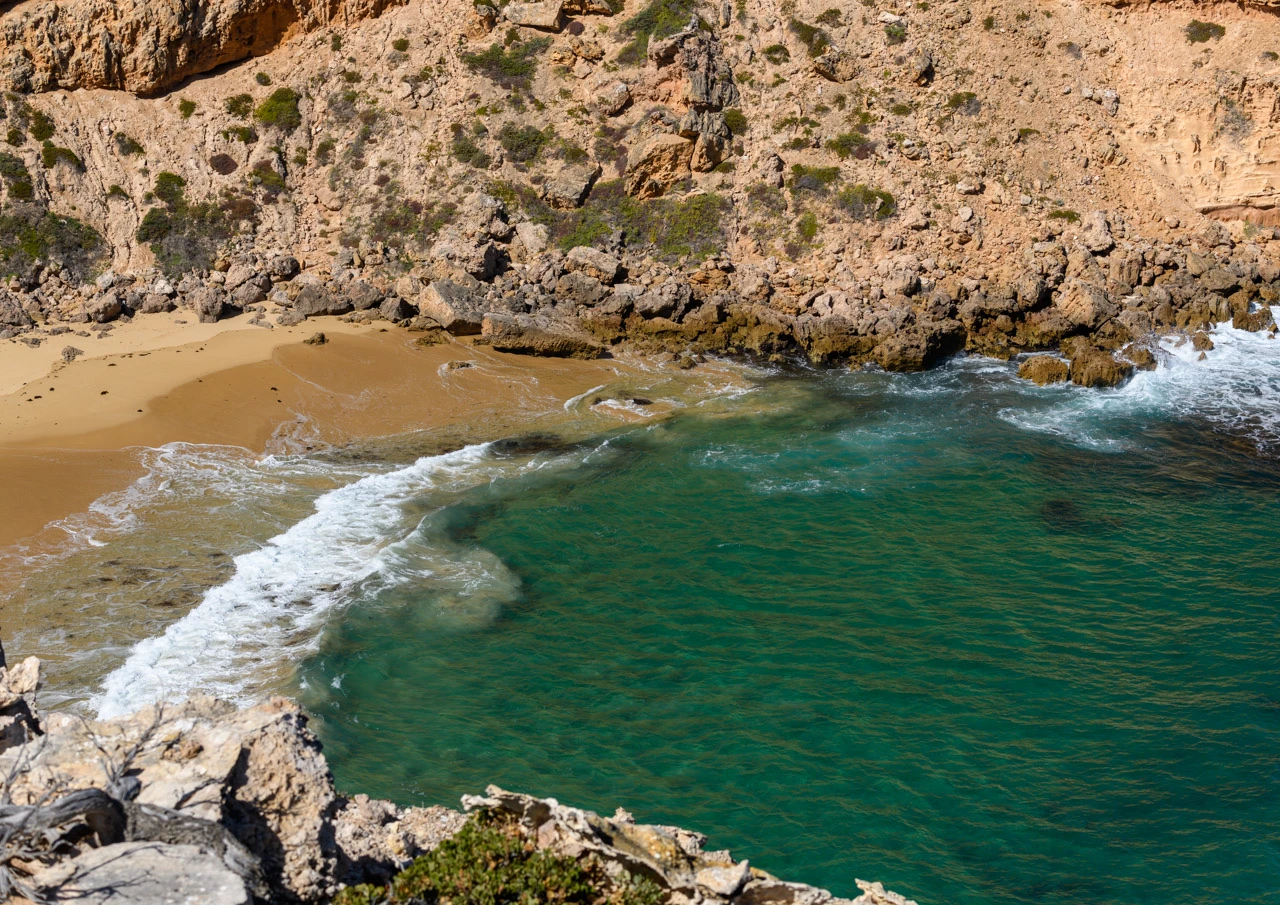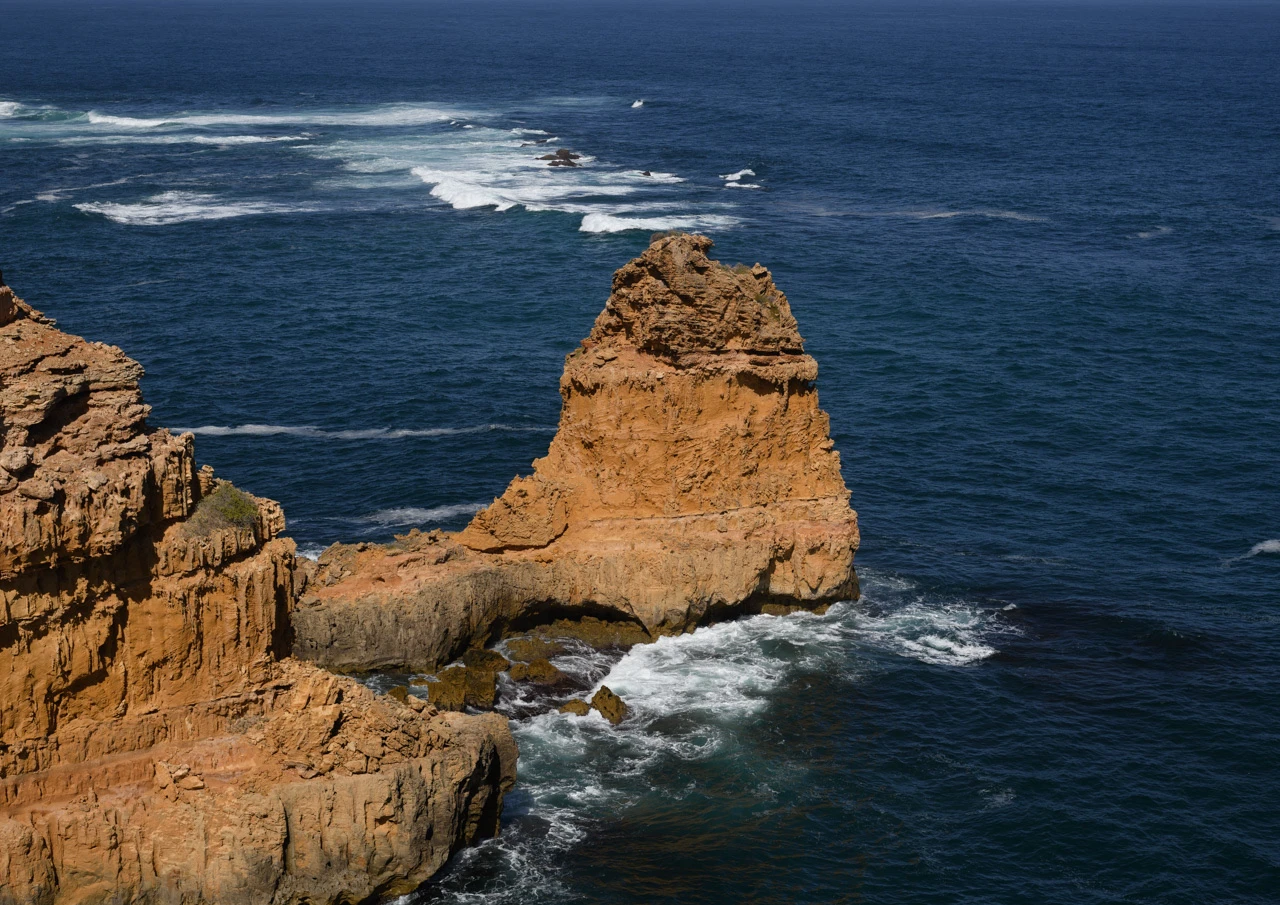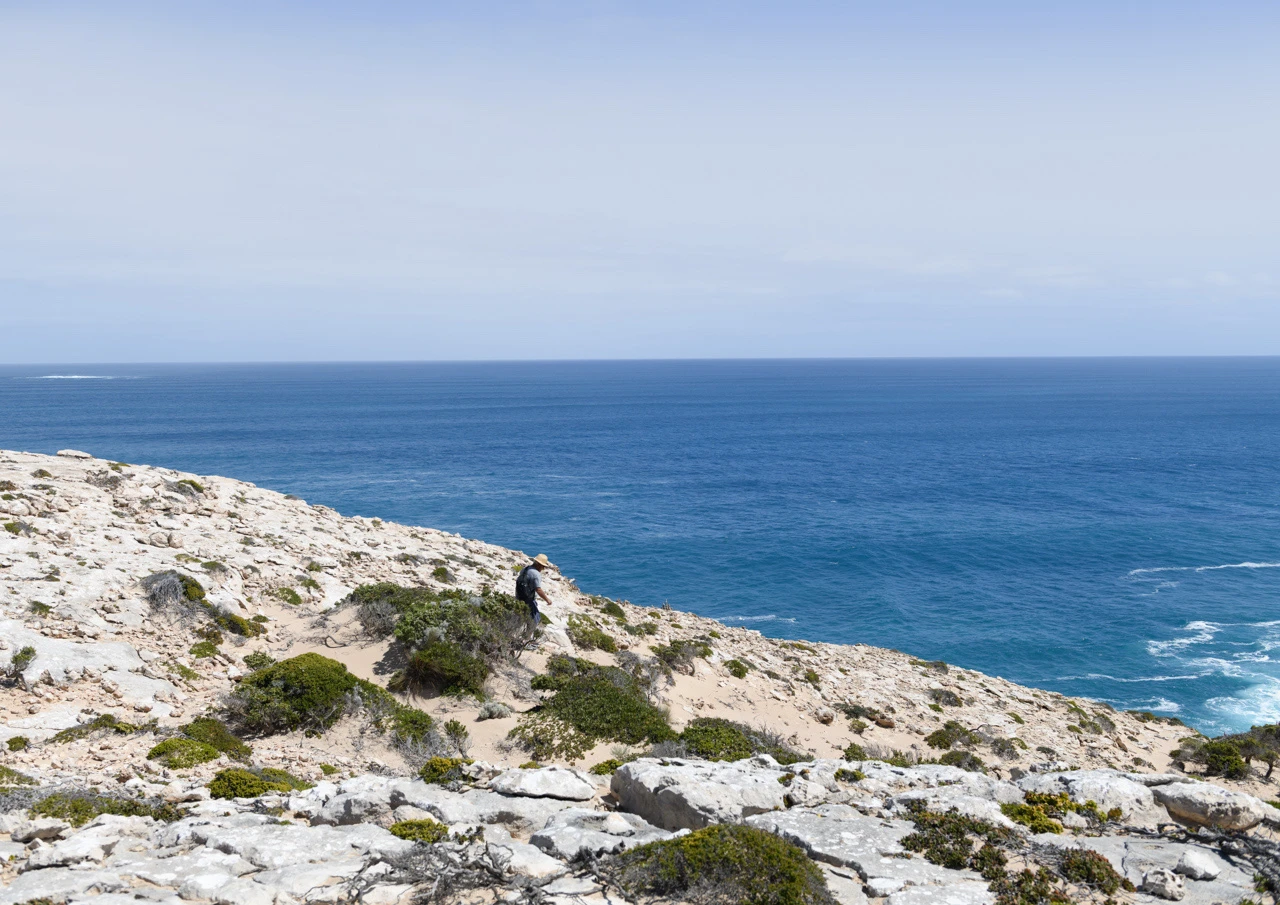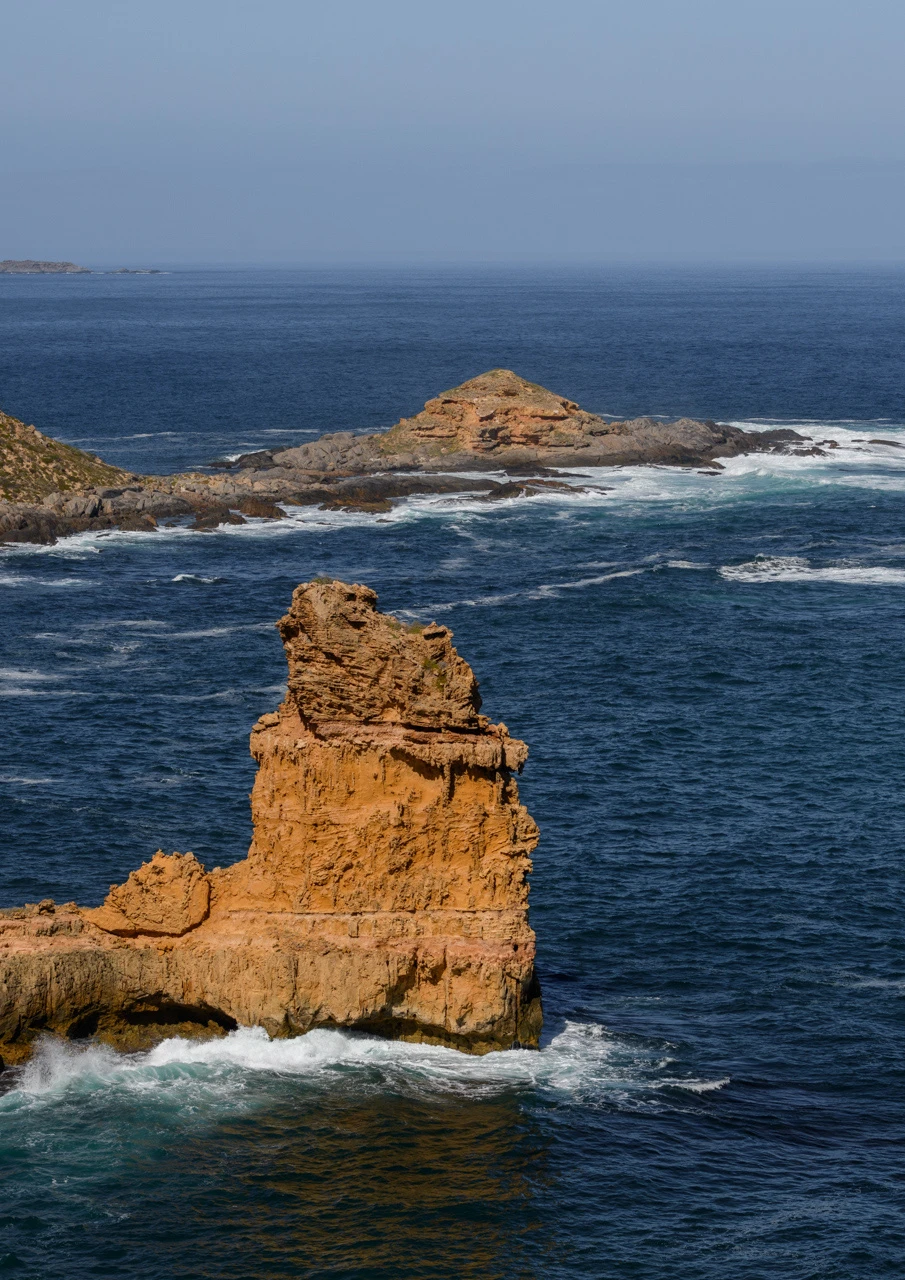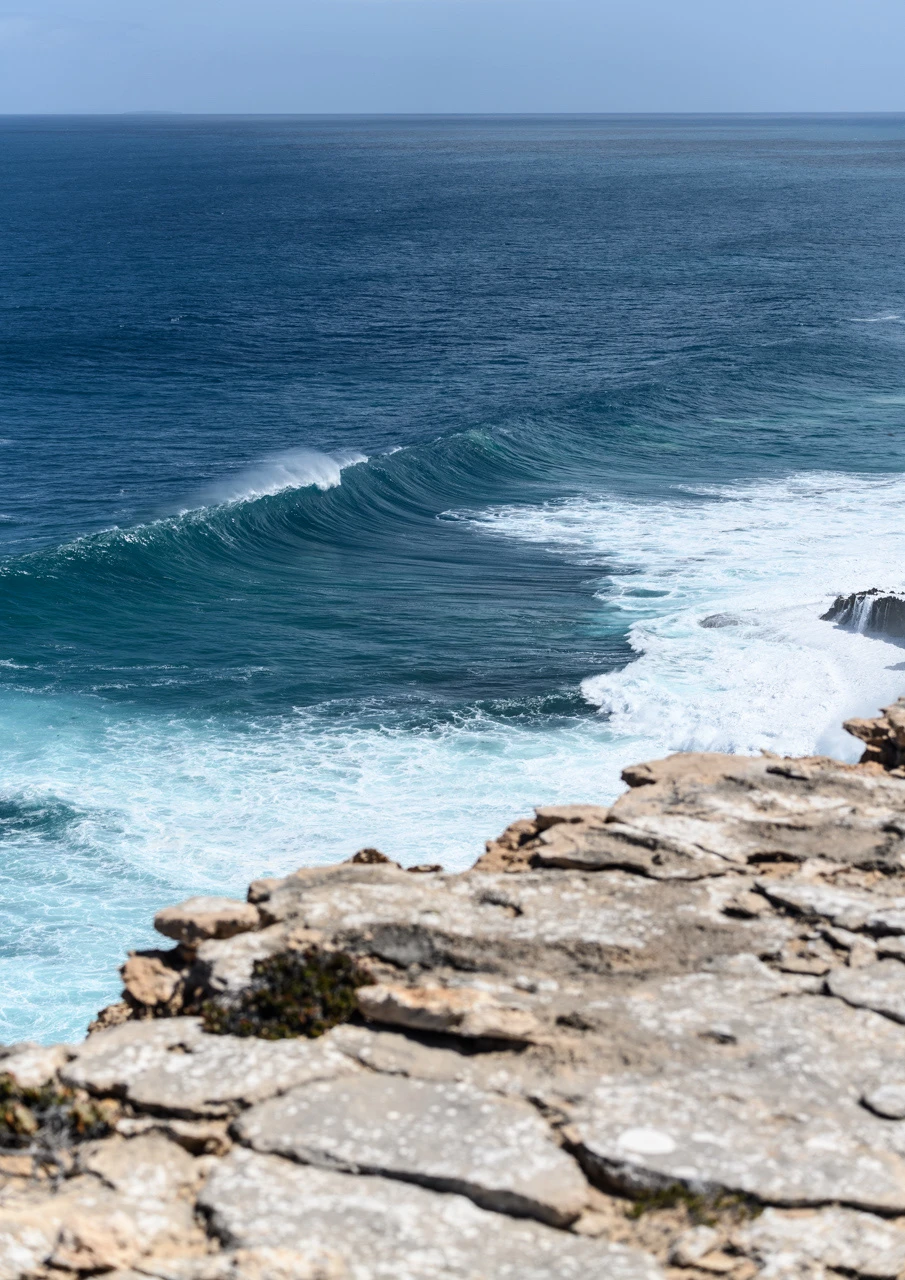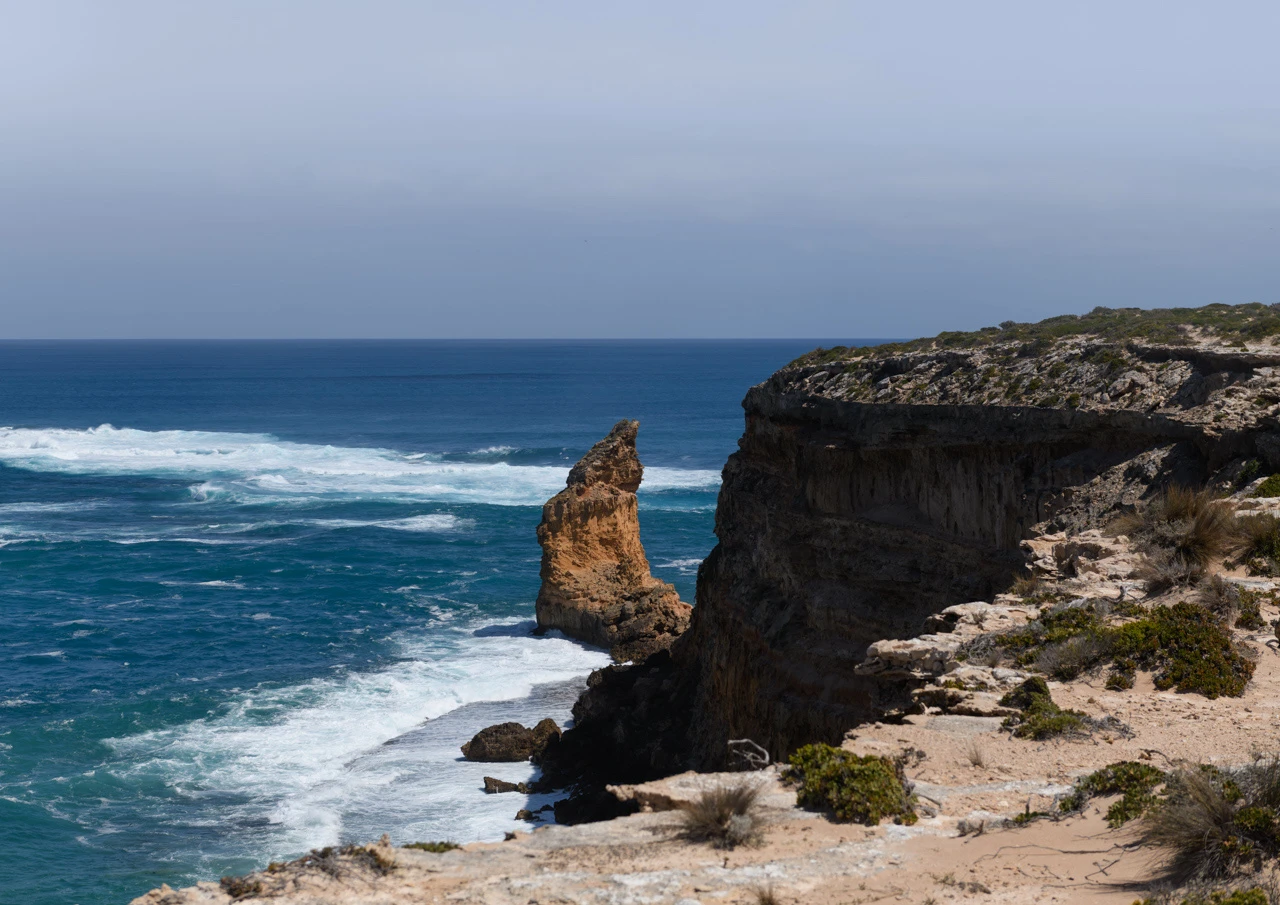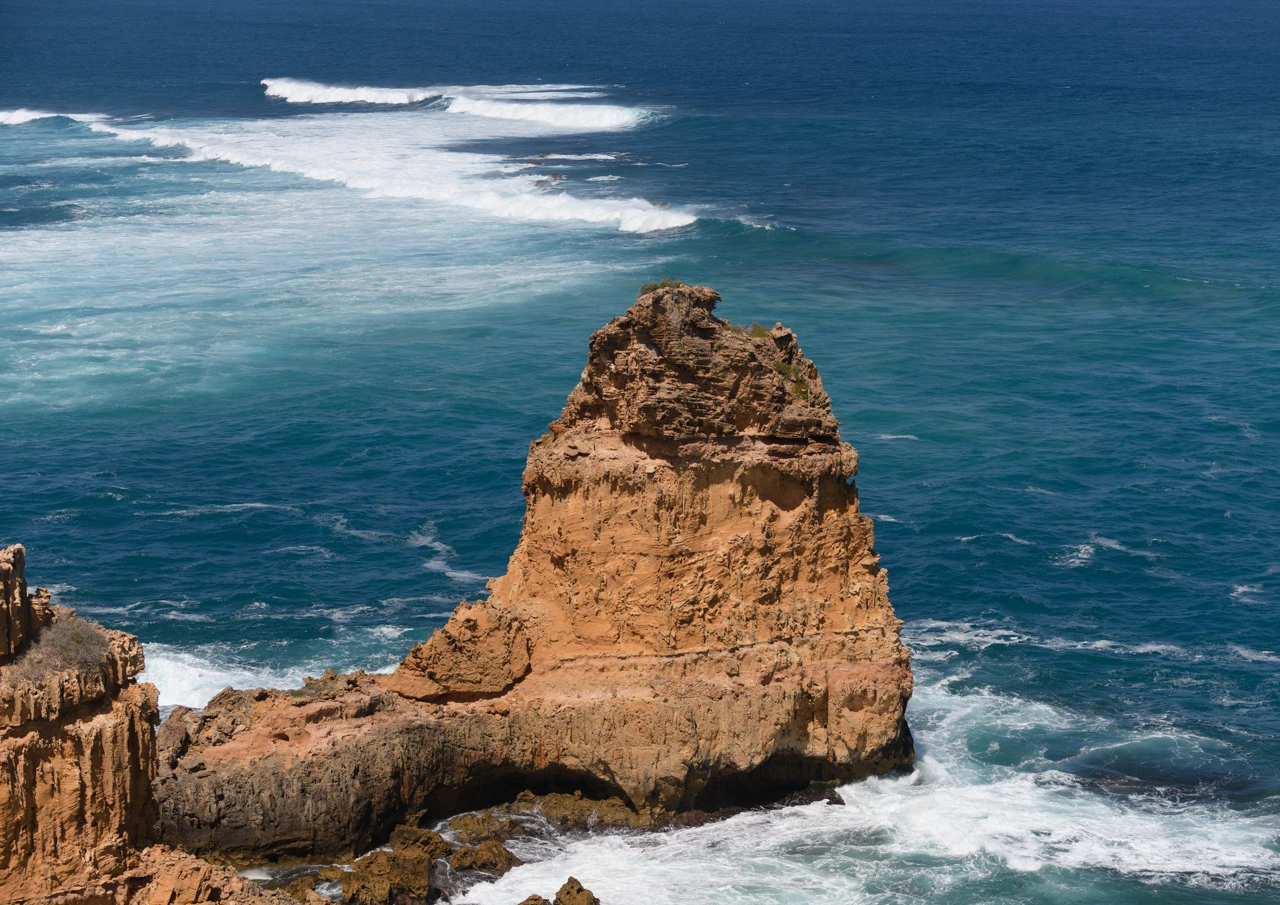
Photographing the golden, whispering wheat fields.

Okay, okay so I’ve gone crazy and have made sooo many stops along the roadside this last month to photograph those awesome, golden fields!!
Photographing those golden, whispering wheat fields is a privilege and a joy. Each year opportunities arise for the photographer as the seasons come and go. The sun heads north to the cold, and the moon seems to take on a brighter, paler shade of gold.
My first experience photographing a wheat field many years ago was inspiring and a lesson in farm life and the Australian countryside.
The wind was blowing, a wave of warm air flowing and touching the sheaves of wheat. Each wheat plant moved in unison and harmony with the ones beside it and around it, simply rolling, cascading, floating and sweeping across the sunburnt field. I was mesmerised and I felt like I was in heaven. Seriously… the swishing sound, the waves of the wind blowing across the field, the magical feeling, the breeze on my face, the sun just setting. The vastness of the field, the colour, and the sight like no other on any farmland I had ever visited. I reckon I had a tear or two or three. A moment of worship to the creator of heaven and earth!
Farmers are the artists of the earth, I am sure they too appreciate what they have done.
Actually one Novemeber whilst lingering over a field leaning on the fence taking photographs of a harvester working, a man in this enormous machine stopped and yelled out his window “Do ya wanna ride?” I freaked out thinking “Oh my goodness in the middle of the Aussie countryside a man in a harvester is trying to wooo me?? I said the most silly thing!
“Umm I’ll go and ask my husband.”
He replied, “Yeah we’ve got two harvesters working today he can ride in the other one.”
And so we did…. had the ride of our life and learnt quite a bit from our conversations with the drivers.
Back to my point…. Do they enjoy what they do?
I commented “Oh this must be boring for you, you must be so used to this type of work?
To which he replied, “No, we love it, we talk to each other all day on the radios, we unload the wheat regularly onto the chaser, we chase foxes, snakes, rats and birds away, the harvester never stops, a tractor comes alongside to give us food…. and so and so on…AND we have quite regularly given friends, family and strange women with camera’s, rides on the harvester…never a dull moment really!!
An experience we never forget and seem to always talk about each year as we pass their fields.





The two images above are my artsy efforts to show how my mind received and interpreted the wavy motion of the wheat as the winds and breezes swept over this field. ( Use the liquify tool in photoshop to make some swirls and twirls and bends.)















As a photographer….
One of the best times to photograph a wheat field is usually as the sun sets, this gives the wheat or barley a very golden aura. I also find a very grey overcast day good too. Use a tripod and I usually set my camera at 100 or over, for my shutter speed, and between 5.6 and 11 for aperture.
Your favorite locations have the unique ability to change with the seasons, the time of day and the weather. How could a photographer ever get bored?? The variety of these golden farmers fields is endless. I found a few good tips in this article on how to adapt in your photography skills in each season. READ HERE
I have darkened the sky in a few of the above photos or changed the sky completely. Photoshop has a sky replacement tool. You can take a photograph of a sky you like, then import into photoshop and then add that sky to your landscape shot. It will be two of your own images combined into one.
The sky replacement tool is a lot of fun and very simple to use. For a good and formative Utube video on how to use this photoshop tool READ HERE
Extra note I never wander into any farmers fields. Please stick to your side of the fence. They will thank you for that and maybe you will even be offered a ride as we were!!


























